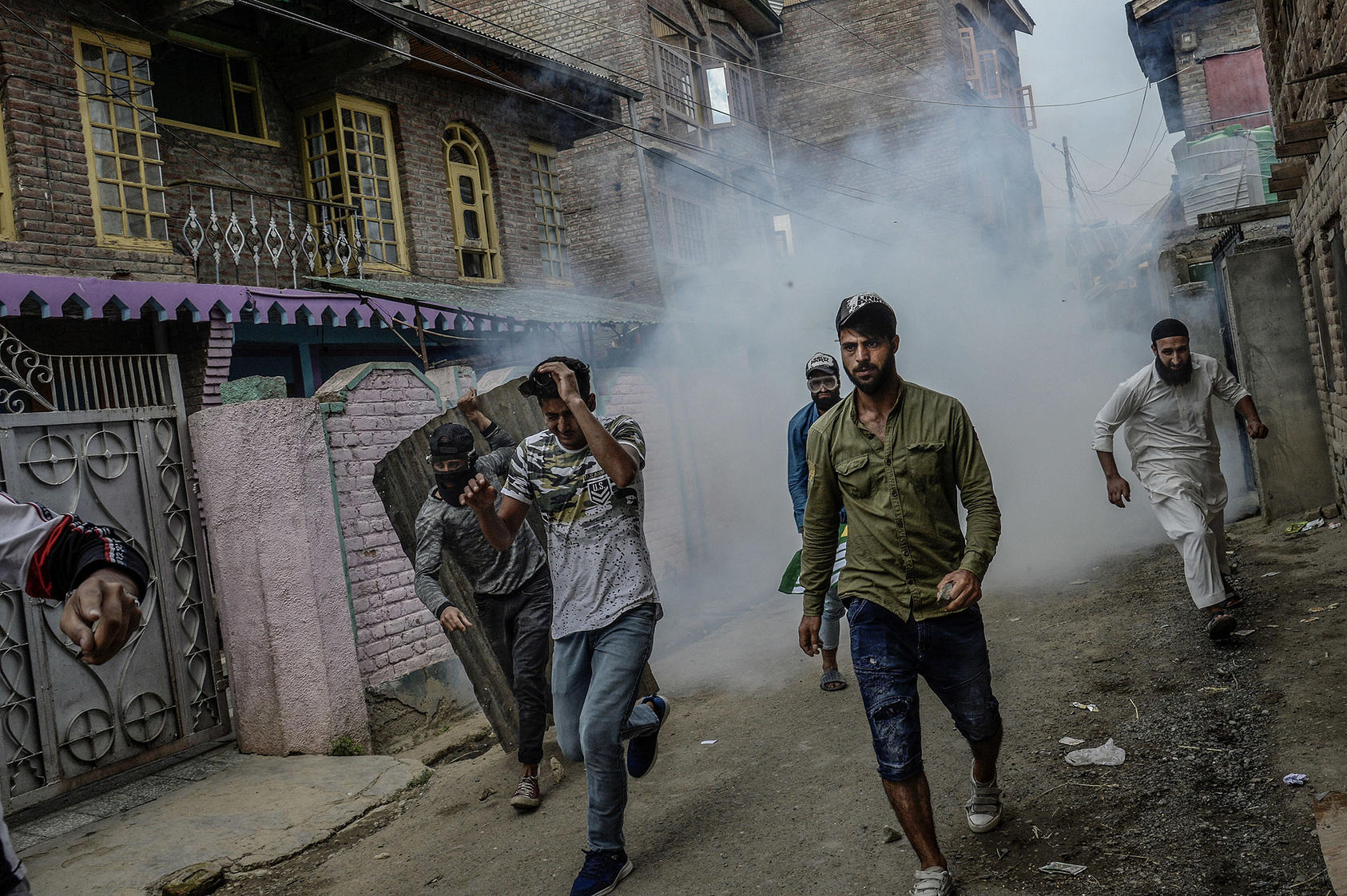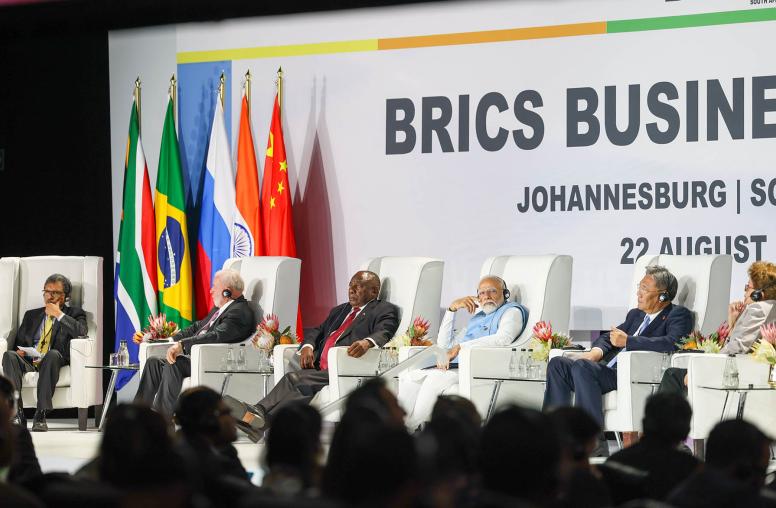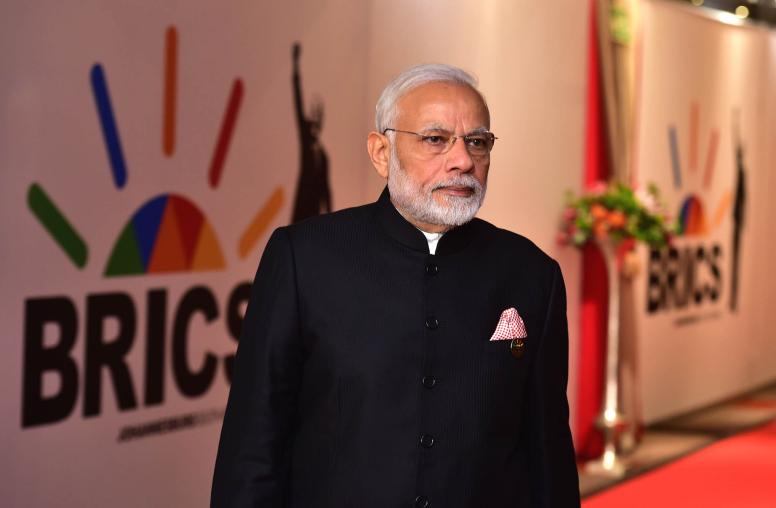India’s Kashmir Conundrum: Before and After the Abrogation of Article 370
On August 5, 2019, the government of India revoked the constitutional autonomy of its Muslim-majority state of Jammu and Kashmir. This report—based on field interviews, new data collection, and extensive research— focuses on the revitalized insurgency and mass uprising between 2013 and 2019, explains how the Kashmir conflict evolved to a point that contributed to India’s extraordinary political gambit, and lays out both New Delhi’s strategy and the challenges the government faces going forward.

Summary
- Since 2013, mass resistance and armed insurgency have returned and grown in India’s Kashmir Valley, partly in response to the government’s failed strategy.
- Resistance has involved mass participation in “quasi-violence” that involves semi-organized pressure by unarmed civilians to provoke, frustrate, and impose costs on the state.
- New data on quasi-violence in the Kashmir Valley reveal substantial growth since 2013, at times even outpacing armed insurgency.
- New Delhi’s strategy fixated on kinetically degrading militant organizations to improve security, which fed local militant recruitment and depressed faith in democratic institutions.
- The government’s dramatic revocation of autonomy provisions for Jammu and Kashmir in 2019 minimized international penalties and preempted significant violent responses. Whether it replicates past political engineering or pursues revolutionary demographic engineering, the state is likely to face a resurgence of violent and quasi-violent resistance.
- U.S. influence is limited, but U.S. policymakers could encourage dialogue with all stakeholders and alert New Delhi to the challenges that Indian choices will pose for cooperation if it is indefinitely bogged down in Kashmir.
About the Report
This report focuses on India’s Muslim-majority state of Jammu and Kashmir in the wake of its revoked autonomy in early August 2019, how the evolving nature of the Kashmir conflict contributed to such a political gambit, and where the situation is headed. Supported by the Asia Center at the United States Institute of Peace, this report is based on extensive research, new data collection, and field interviews in the Kashmir Valley between 2012 and 2017.
About the Authors
Sameer P. Lalwani is a senior fellow and director of the South Asia Program at the Stimson Center, where he researches nuclear deterrence, interstate rivalry, crisis behavior, and counter/insurgency. Gillian Gayner was previously a research associate at the Stimson Center.



